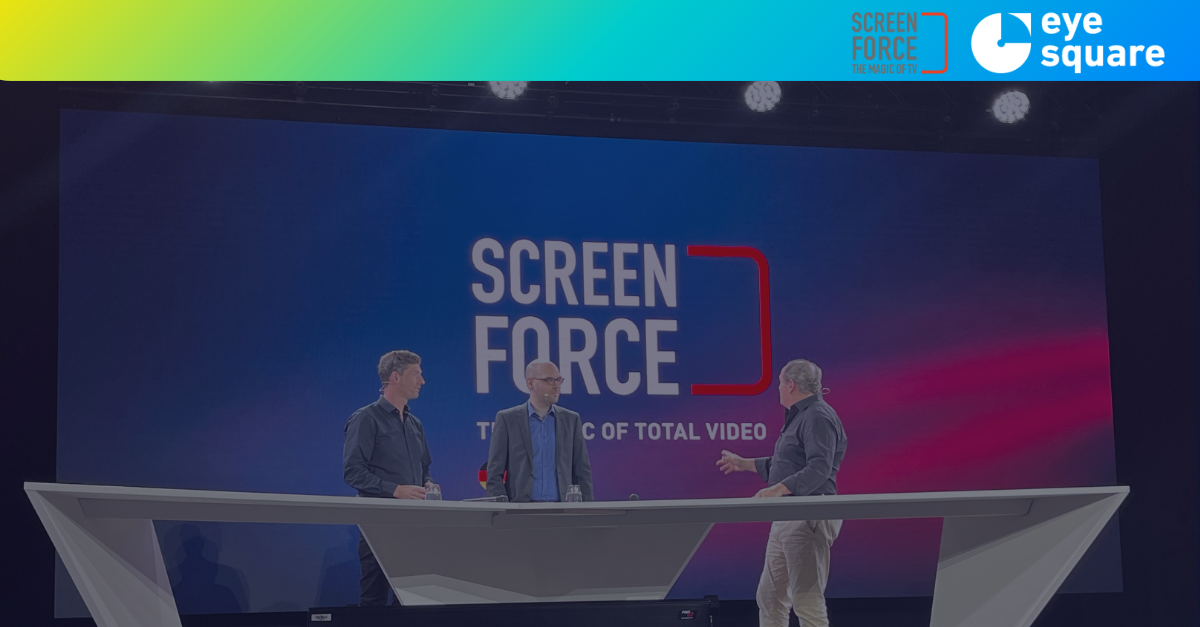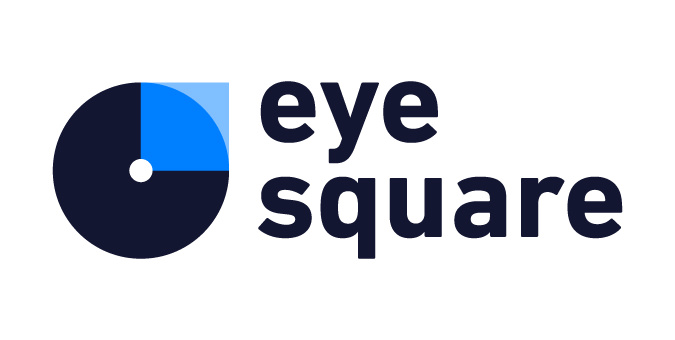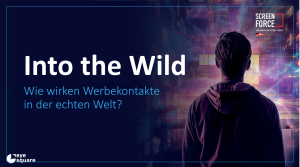25 Sep News from the “Into the Wild”-Screenforce Study

An update of the study results from the current Screenforce study “Into the Wild”
What sets our study apart is its unique methodology. The researchers moved beyond the confines of controlled market research to focus on the authentic media experiences of individuals in their homes and on the go. Participants had complete autonomy over what they viewed and where, ensuring a naturalistic approach—truly “Into the Wild.”
This distinctive approach differentiates our investigation from other studies in the market, including previous Screenforce studies. We are thrilled by the significant interest from advertisers and media agencies following our initial presentations, such as at our festival in June, and we will be sharing the detailed results regularly through interactive team sessions and on-site meetings.
Malte Hildebrandt, Managing Director, Screenforce (Source: Ad Alliance)
Our Brand and Media Experience experts presented additional insights from the current Screenforce study “Into the Wild” at both DMEXCO in Cologne and the HORIZONT Werbewirkungsgipfel and Holger Geißler from marktforschung.de published a nice review on our presentation at DMEXCO in his Freitagsdepesche!
In a video interview with turi2tv, Stefan Schönherr discussed the current study and shared intriguing insights from behind the scenes.
In June 2024, Stefan Schönherr, and Marvin Vogt presented the initial findings of the Screenforce study “Into the Wild – How Advertising Contacts Work in the Real World,” commissioned by the Screenforce television initiative. A key finding indicates that brands advertising in the Total Video sector not only achieve better recall but also have their advertising details more firmly embedded in consumers’ memories. In contrast, advertising recall on social media is significantly lower due to its transient nature and high ad loads. These insights had not been previously articulated so clearly, and additional research results are now available, offering a nuanced analysis of various channels.
The study, conducted for the DACH region, examines Total Video (linear TV & BVOD), YouTube (Big Screen & Smartphone), and social media platforms (Instagram & TikTok), capturing usage both at home and outside. It reveals that there is no single universal factor for advertising effectiveness; however, certain elements provide valuable insights for media agencies and advertisers.

BVoD provides an ideal combination of high-quality content and low ad load. Viewers are in a relaxed, lean-back state during advertisements, maintaining high attention levels akin to traditional television. The advertising formats are consistently non-skippable, always fullscreen, and include sound, which enhances brand recall significantly. No other channel achieves a higher rate of accurate brand mentions.
Television is synonymous with professional content and high ad acceptance, despite a substantial ad load. Viewers have become accustomed to television advertising over the years, allowing it to flow seamlessly without disrupting their relaxed state. The transition between content and ads is minimal, positively influencing brand perception. Advertisements are well-remembered, and viewers exhibit strong interest in the promoted products.
YouTube occupies a middle ground in terms of attention and advertising effectiveness between television and social media, yet it suffers from lower ad acceptance. This is particularly evident in mobile usage, which constitutes a significant portion of YouTube’s audience, leading to considerable effectiveness losses. Ads perform better on larger screens, while smartphone usage reduces recall rates by 57 percent. Even on larger displays, ad effectiveness remains 30 percent weaker than that of BVoD.
Instagram offers the most personal and diverse content but is characterized by rapid and hectic usage. The frequent switching between content and ads creates a fragmented experience that can fatigue users. The ad load is the highest here, while attention to advertisements is notably low. The window for effective advertising is brief, resulting in lower recall rates compared to other channels.
TikTok is fast-paced and features short content, leading to fleeting attention for advertisements, similar to other platforms like Instagram. This leads to a weak recall of brand interactions. However, the ad load is lower than on Instagram, and users are in a somewhat more relaxed state.
More on the core results and deeper insights into topics such as
-
- Radiation effects of the channel on the perception of advertising
- Free brand recall
- and detailed brand recall
and further details on the key findings can be found in the latest article by Screenforce!

